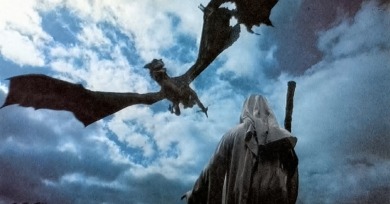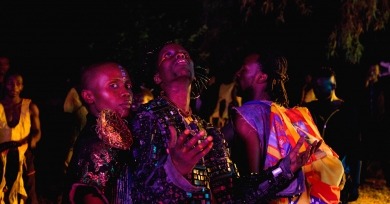Kambole Campbell
The silent approach makes the otherworldly encounters even more striking. The animals, of course, do not have the vocabulary for what they are seeing—thus it becomes a test for the audience in turn, of interpretation and meaning. Zilbalodis talked to us about creating this physical language and sustaining it for feature length.
Touching the Screen
The way we see a game—whether we can control the camera or not, whether the frame moves or is static, how the frame moves—is an artistic quality as important as (and often interlocked with) its interface, its methods of immersion...
Touching the Screen
Reverse Shot’s first-ever year-end games roundup.
It is only through environmental context that its sparse narrative reveals itself, and even then the game is content to leave things unexplained by its wild, cosmic ending.
With its sprawling story and opaque world-building, The Boy and the Heron is hard to summarize. But that diffuseness is part of the charm. That its world is not fully knowable feels in keeping with both the youthful perspective of Mahito and the narcissistic myopia of his Grand Uncle.
Touching the Screen
Part 2 of a special conversation on games and art featuring Destiny 2, Final Fantasy, Hitman, Tower of Druaga, Pathologic 2, and more.
Touching the Screen
In this special conversation for Touching the Screen, five critics discuss potential angles from which to approach video games as art.
Go-motion itself was but a small part of the films it was deployed in, used to complement other techniques and props. It makes sense that such puppets would be deployed as a special effect in fantasy films that flirt with the macabre, go-motion becoming a sort of necromancy itself.
Vividly imagining a new future for the African diaspora, Neptune Frost is a sprawling Afro-centric science fiction that at once uplifts the oppressed and dresses down neocolonialism and binary thinking.
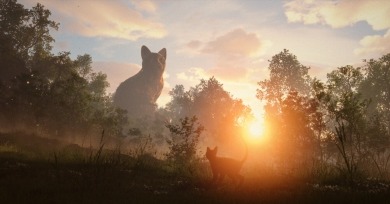

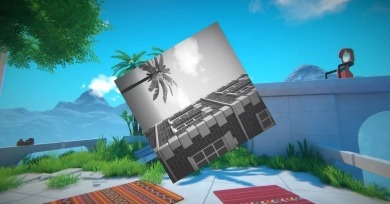
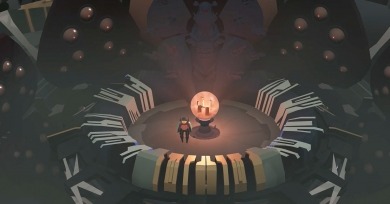
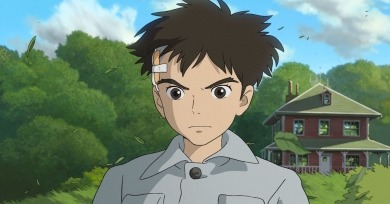
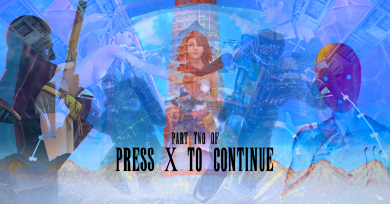
_crop-390x204.jpg)
